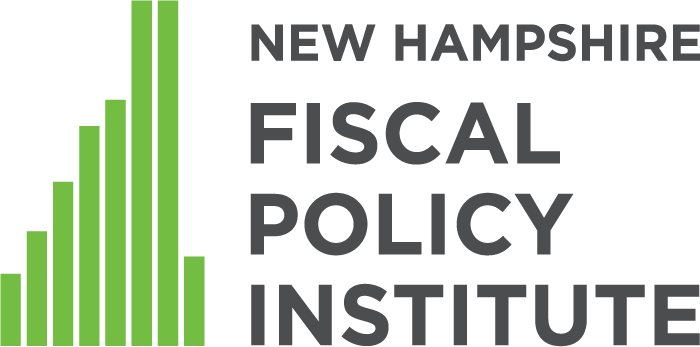The COVID-19 crisis presents an extraordinary challenge for the Granite State. Necessary efforts to protect public health and slow the spread of the 2019 novel coronavirus have dramatically altered daily life in New Hampshire and across the country. This is both a health and an economic crisis, and the negative effects are greatest on many ...
The New Hampshire State Budget funds important services for Granite State families and children, supporting the infrastructure, education and health services, and public amenities that residents use daily. After an extended process, New Hampshire policymakers finalized a State Budget that increases investments in key areas, including public education and health services. The State Budget for ...
The Supplemental Nutrition Assistance Program (SNAP) enhances the ability of individuals and families with low incomes to purchase healthy and nutritious food. This federal program, which is known as the Food Stamp Program in New Hampshire, benefits nearly 40 million people nationwide.[i] Over two-thirds of participants are families with low incomes. The remaining beneficiaries include ...
The State Budget represents New Hampshire’s funding priorities for public investment in education, health care, public safety, housing, conservation and preservation, roads and bridges, and a range of services to Granite State residents and businesses. To support these investments, policymakers must determine methods for raising revenue and project the amount of revenue available over the ...
Updated September 16, 2019 The essence of a labor market is the workers in it. When an economy improves, it is often assumed that conditions for workers, including wages and job opportunities, improve as well. In the decade since the Great Recession, which officially lasted from December 2007 to June 2009[1], New Hampshire’s economy has ...
The New Hampshire Senate voted to pass its version of the State Budget on June 6, modifying the version provided by the House and proposing major new initiatives in health and social services. Incorporating several bills passed independently by the Senate, the Senate Budget would expand home- and community-based services for children, establish a new ...
